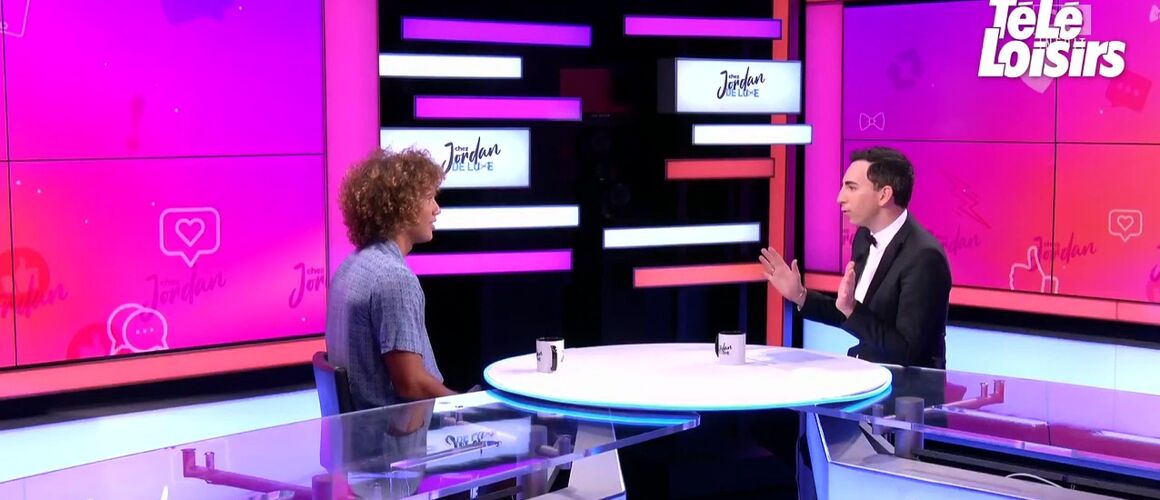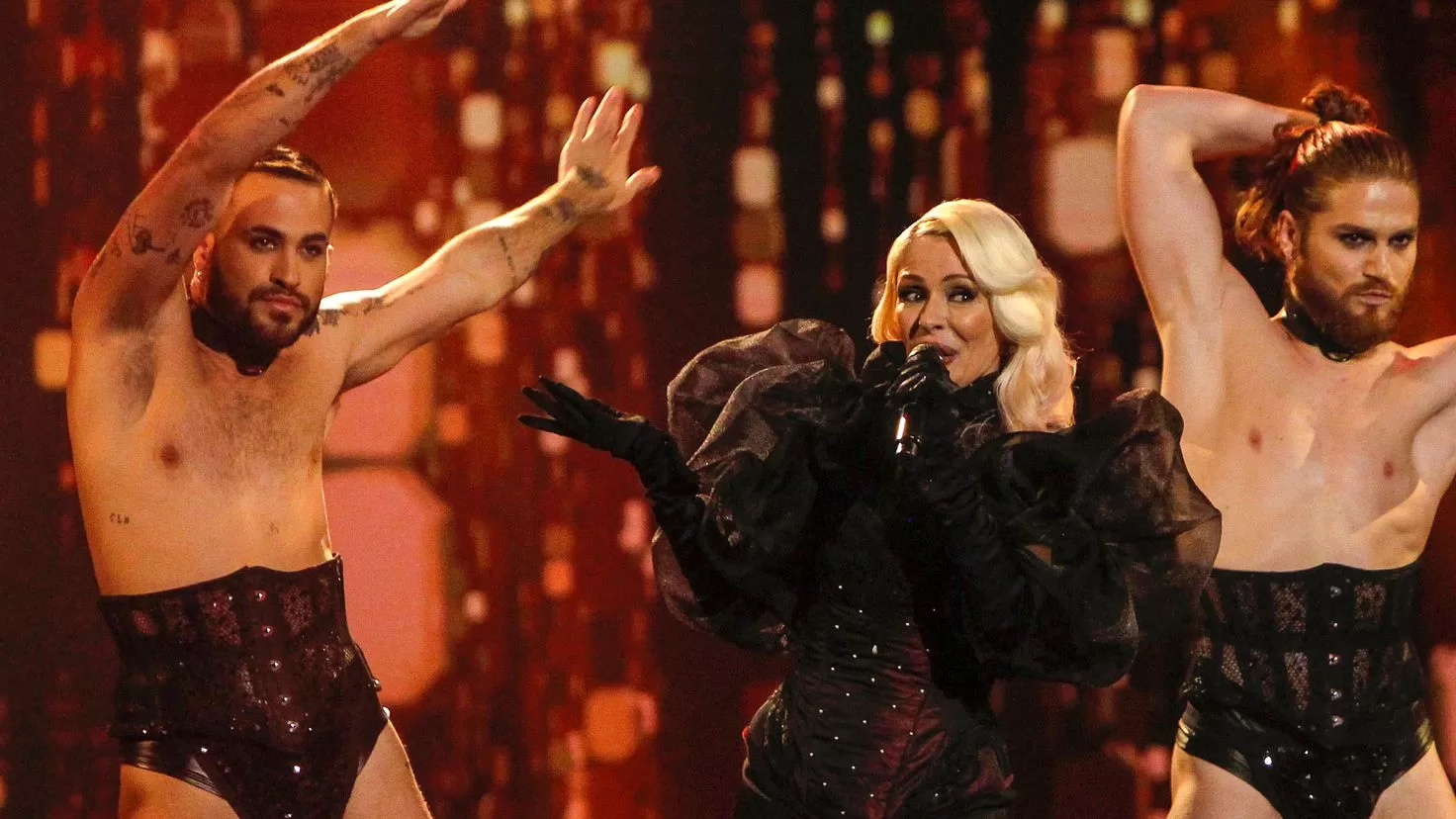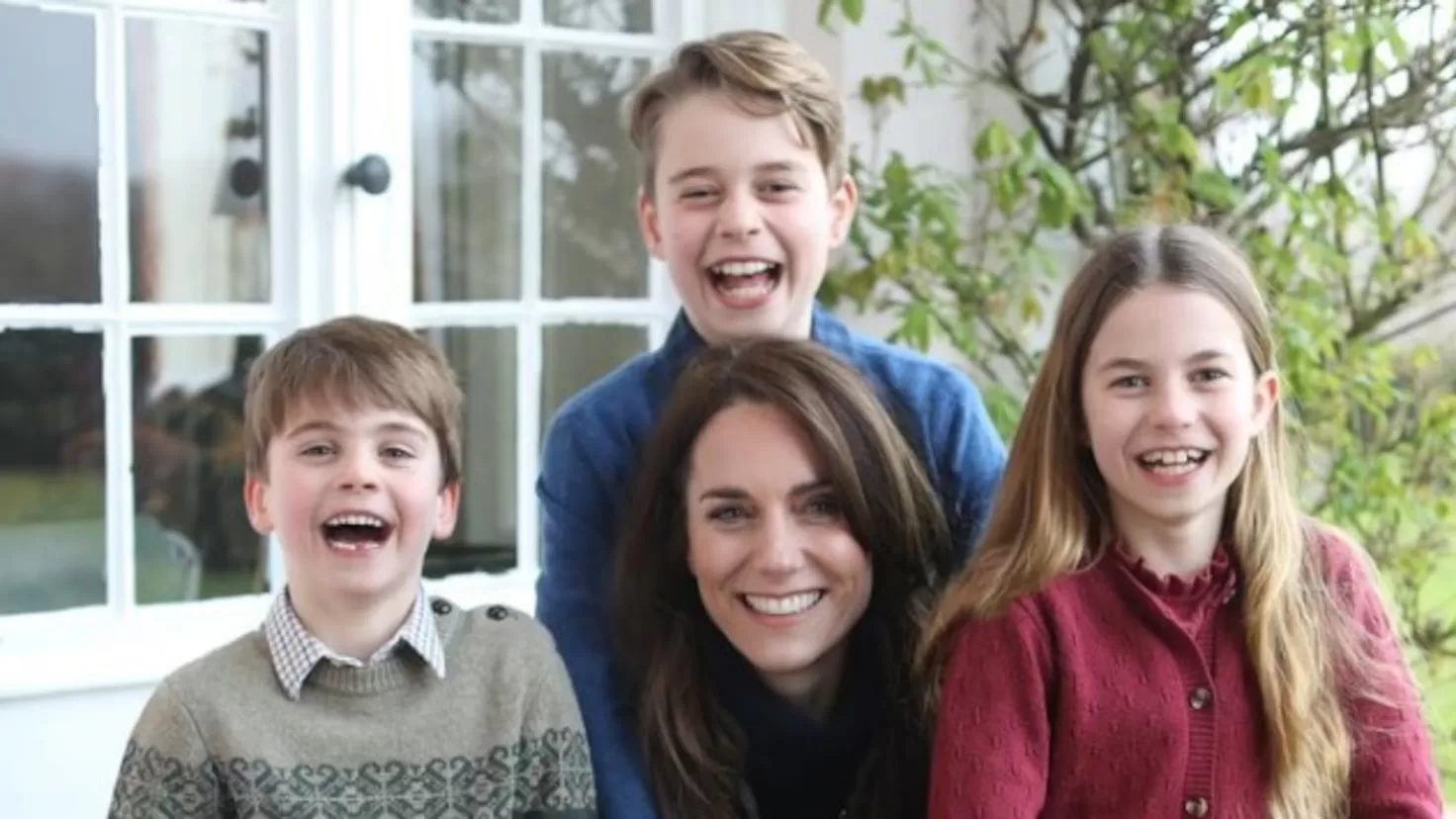Today’s blockbuster is, potentially, tomorrow’s classic. A statement that could horrify the most recalcitrant critics, but that the weight of history has corroborated as true. For those who have doubts, you only need to take a look at huge franchises like Star Wars, Back to the Future, Jurassic Park, among others and see the impact they have had and continue to have from generation to generation. Feature films that have been underestimated by snobs of the seventh art and that, decades after their release, are elevated to the status of cult classics (defining aesthetics, narratives and tropes). In this lineage there is Ghostbusters (1984), a supernatural comedy that was a boom in the 80s for its humor, mix of genres, endearing characters and a huge marketing campaign that translated into merchandising of all kinds (toys, video games, costumes, etc.). This is how an entire generation was permeated by the influence of this story (and its 1989 sequel) and treasured it within their psyche with the memories of a better past.
As many theorists have explained, nowadays nostalgia is the currency and it is increasingly common to see the return of old franchises (for better or worse) to the big screen. This was the case of Ghostbuster: Afterlife (2021), a kind of tribute that Jason Reitman filmed in honor of his father (Ivan Reitman, creator of the original saga) and that tried to build a bridge between a new generation (Gen Z) and the old ones. Ghostbusters (Boomers). Of course, as happens with all these byproducts, the result was heterogeneous and completely divided critics (some praise it for the new ideas it brought, others defenestrate it for reviving the heroes of the last century). With this background it comes to our movie theaters Ghostbusters: Frozen Empirethe fourth installment in this saga and the definitive hinge between the 80s and the 2020s.
Set a couple of years after its predecessor, Ghostbusters: Frozen Empire Follow in the footsteps of the descendants of the legendary Egon Spengler: his daughter Callie (Carrie Con) and his grandchildren Trevor (Fina Wolfhard) and Phoebe (Mckeena Grace). Next to him, we have Gary Grooberson (Paul Rudd) who, thanks to his relationship with Callie, ends up assuming the role of surrogate father. More than a united family, together they are recognized by the city of New York as the new Ghostbusters (to the point of living in the headquarters of the originals and using their gadgets). The story begins when Mayor Walter Peck (William Atherton) puts the team’s existence in check due to the destruction they have indirectly generated in the city every time they face a ghost. A situation that will be enhanced after a mysterious artifact with an evil presence begins to stalk them all.
Ghostbusters: Frozen Empire, like its predecessor, is far from perfect, but it has more virtues than defects. The screenplay by Gil Kenan ( Ghostbusters: Afterlife, A Boy Called Christmas) y Jason Reitman (Ghostbusters: Afterlife, Up in the Air, Thanks for Smoking) moves away from the tone of its prequel (which, set in the same universe as the originals, completely changes the setting and barely uses a few small cameos from the classic heroes) to go full-on with the fusion of old and new. This is how we return to the classic New York fire station, but with the help of another generation that manages equipment and enters into dynamics that we already know. This serves as a perfect excuse to bring together the heroes in their sixties with the younger ones and create an ideal team to face an adventure of epic proportions.
Unfortunately, the Achilles heel of Ghostbusters: Frozen Empire It is in its very essence: because it wants to cover so much (adding new and old characters to the story), it does not fully develop the multiple protagonists who come to life in the plot. We have a little bit of everything, but we don’t delve into any of them. Although the grand summary of their dramatic arcs could be reduced to resolving generational problems (Nadeem refusing to continue the family legacy, Ray and Phoebe left aside due to their age, Gary struggling with his role as a surrogate father, the politics of New York denigrating the Ghostbusters profession as something demod, etc.), there are subplots such as Phoebe’s relationship with Melody or the dynamic with certain secondary characters (such as Lucky and Podcast) that do not come together organically. Contrary to what one might think, this flaw is not a dealbreaker at all thanks to the rhythm of the script where at all times we are facing a conflict that keeps us entertained (which prevents us from paying too much attention to the seams).
In the same way that the script plays within a safe zone, the direction of Gil Kenan (Monster House, A Boy Called Christmas) is left clouded by the spell of the previous installments. Just like Oriol Paulo with David Fincher or JJ Abrams with Steven Spielberg, Kenan becomes a copy-cat of the work of Ivan and Jason Reitman, which makes the fresh moments he brings to the table (like the car chases, the dynamic with Nadeem, new gadgets, among others) are eclipsed every time a classic element appears that sets the tone of history as if it were a mold. This guarantees a mix between comedy, suspense and adventure that makes it optimal for the whole family, but it puts Ghostbusters: Frozen Empire in a straitjacket where we feel that we are facing a fun product that works, but that could have been too much. better or not? of having taken other risks that distanced it from the original material.
In the acting section, due to the enormous number of characters and time on screen, the brightness ends up being uneven. Paul Rudd does not have as much prominence as in Ghostbusters: Afterlife, but his jokes are always wonderful. Finn Wolfhard works, but he is no longer as funny as an adult unlike the previous installment when he was a goofy teenager who contrasted with the maturity of his younger sister. Mckenna Grace continues to be one of the best of this new saga, although the new facets of her character are not explored in the most optimal way (you can even, at times, come to detest her). Logan Kim and Celeste OConnor do the best they can with the limited time they have in a few scenes (which they also share with enormous actors who, undoubtedly, overshadow them) and we are left wanting to see them much more. Something similar happens with the new characters played by Kumail Nanjiani (who begins to have special moments halfway through the script) or James Acaster (who is almost like a running gag that comes and goes with his dialogues): they are full of potentialities that cannot be are fully developed. There is little to say about Annie Potts, Dan Aykroyd, Bill Murray and Ernie Hudson: seeing them on screen is a blessing and they will always steal the show with their interactions (even if they are in dribs and drabs). Just to see them in action again is worth going to the movie theater and each of their interventions is worth gold.
Ghostbusters: Frozen Empire surpasses its predecessor by striking a fine balance between nostalgia and new ideas. The interaction between the original heroes and the new ones (building a bridge between Boomers, Gen X, Millenials and Gen Z) makes it have a wide spectrum of humor for the whole family. Regardless of its detractors (as every sequel, remake, reboot, etc. will always have) and its efforts to build a new universe based on the old one (which sometimes works and other times it doesn’t), the film entertains and gives us a couple of Valuable reflections on the elderly, the replacement generation, filial ties and prejudices (topics that are always worth reviewing). Although the story closes round, the film suffers from the contemporary evil of the epilogue and, personally, its closure only leaves me with one unanswered question: when is it too late to continue exploiting a franchise? All sequels are condemned to live off the nostalgia for their predecessors? Are we going to call on the same heroes from 40 years ago to face the problems of a new generation? Are we going to continue bringing demo conflicts to modernity because we refuse to mature? The answers are not simple, but I think that cinema really needs Ghostbusters to free us from the ghosts of the past.
The best: the return of the original cast and their participation in the story (which goes beyond a simple Cameo). The guides to the previous films organically. Physical humor and jokes from the 80s. The entire Build up until the appearance of the main antagonist.
The bad: Because there are so many characters in the story, there is no space to delve into them as we would like. The development of the subplot between Phoebe and Melody is not very organic and breaks with the rhythm of the story.





